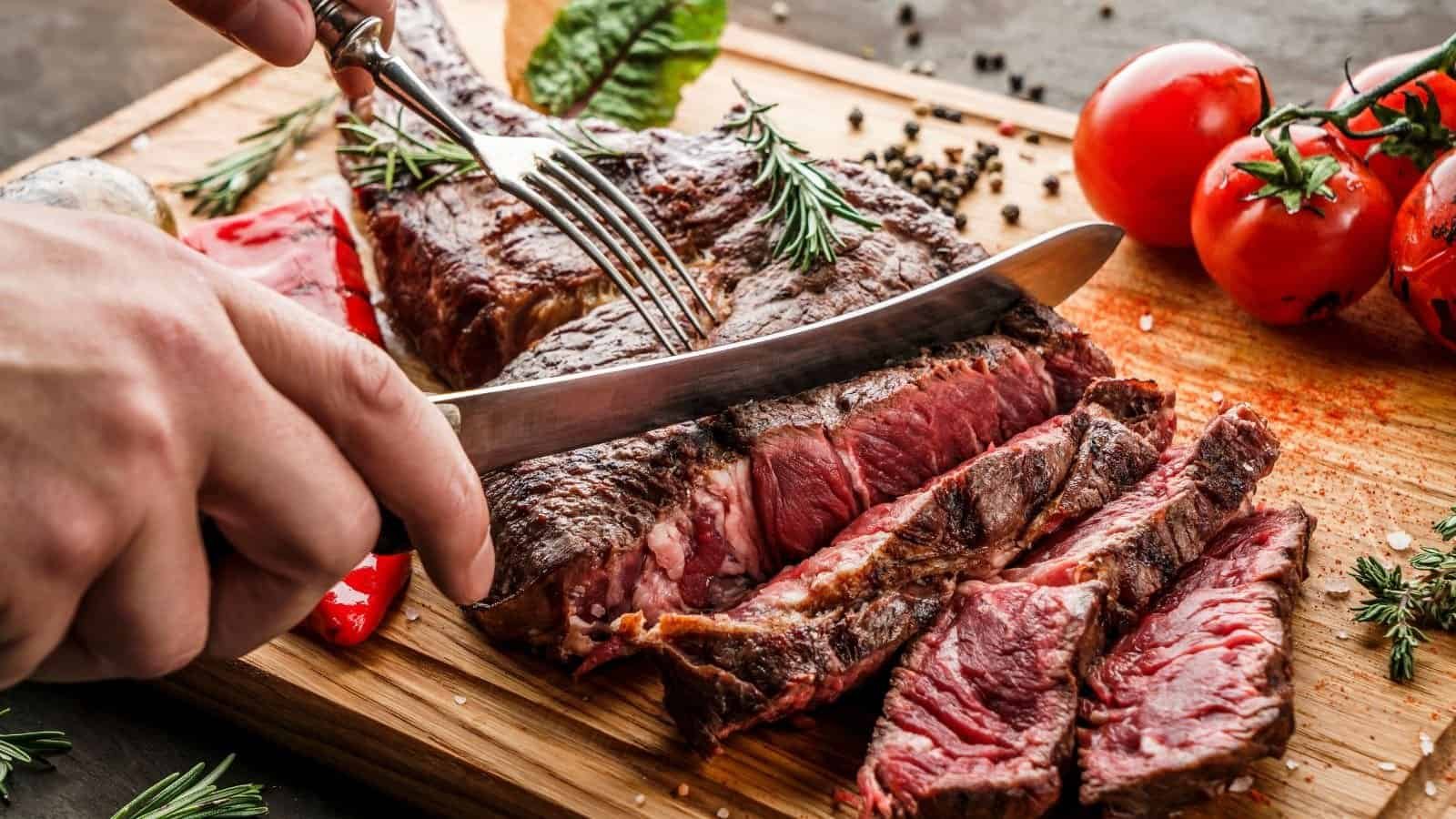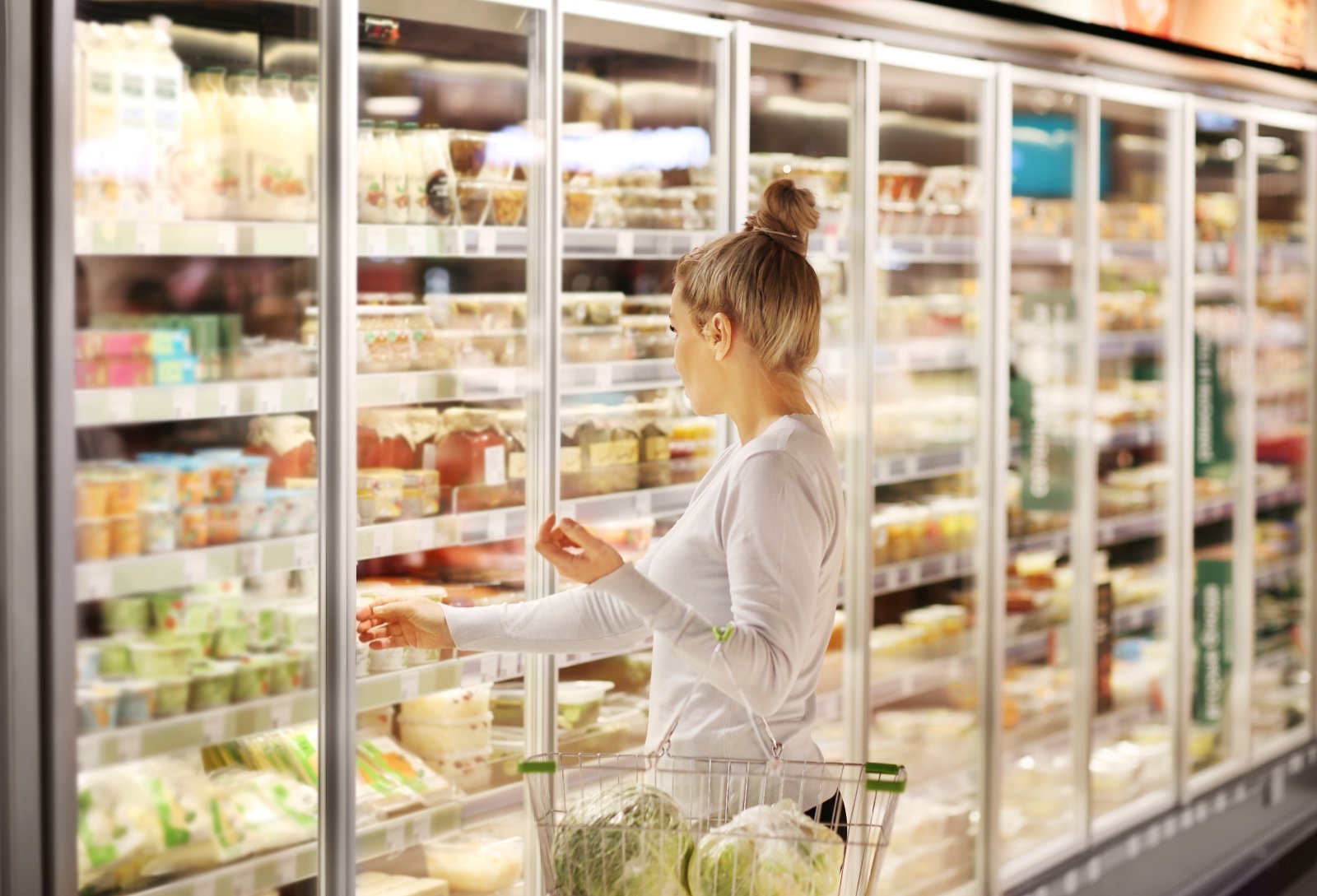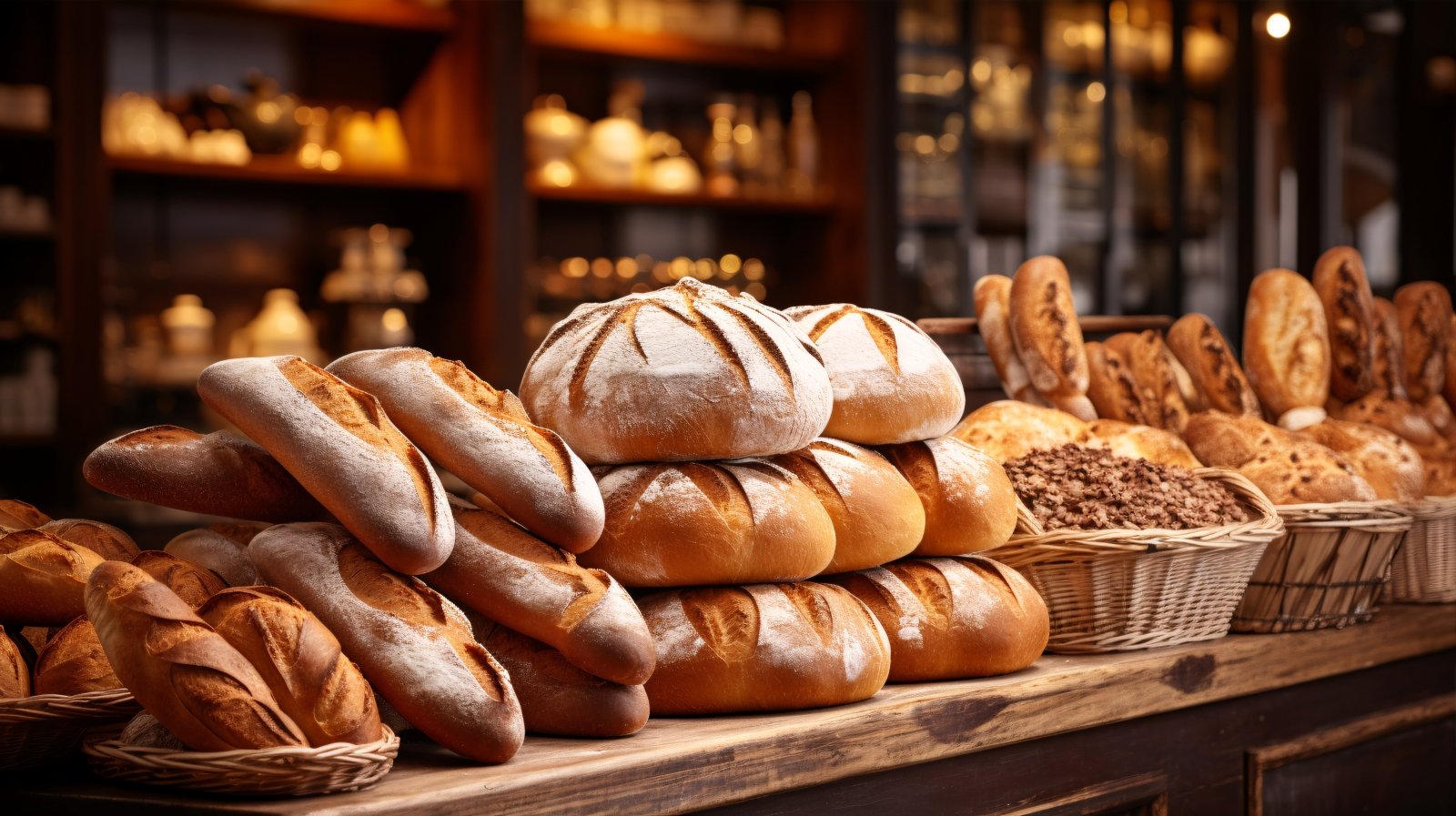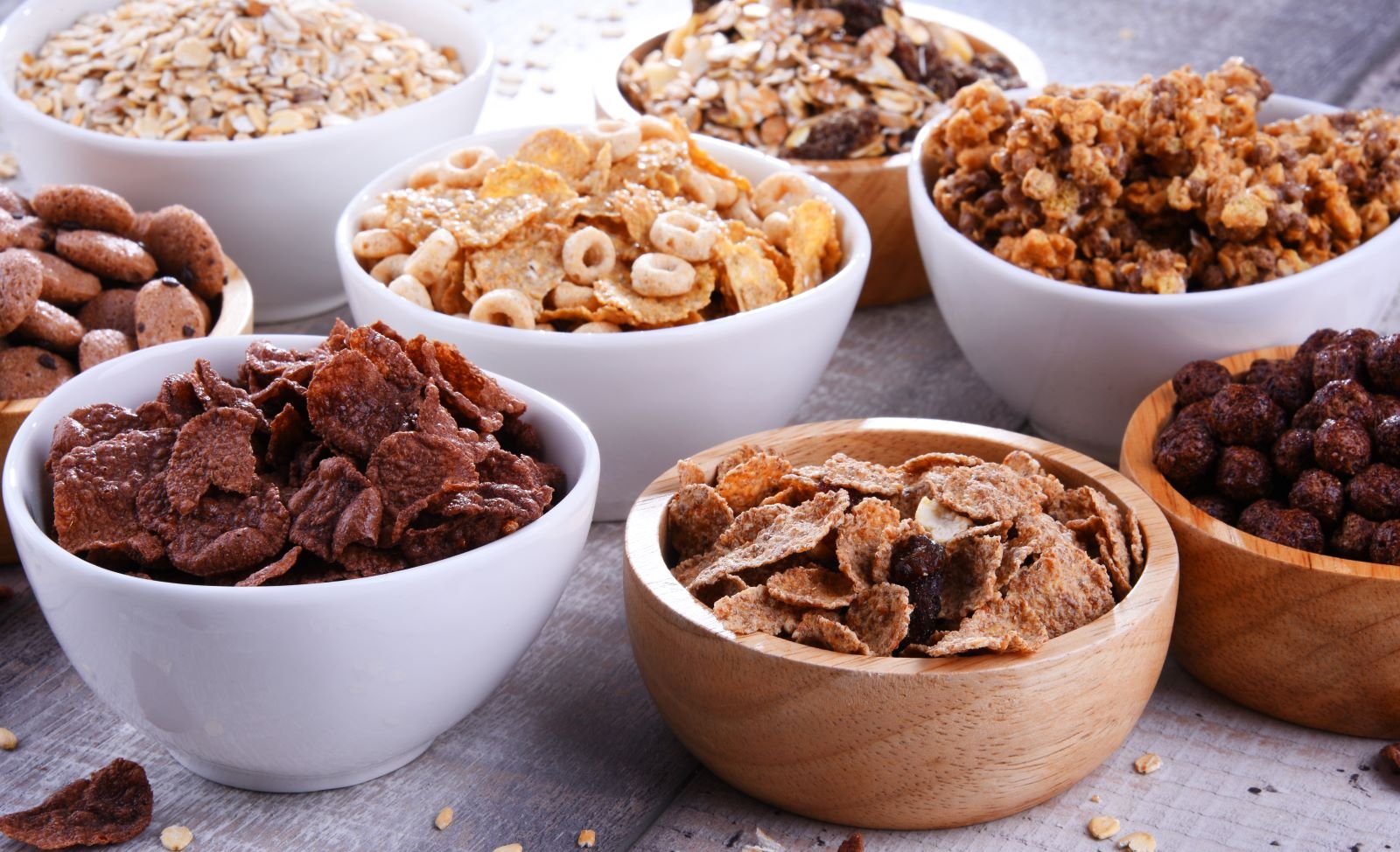Grocery shopping has become stressful for many budget-conscious households. Prices of once-affordable items are rising faster than inflation. This has lead shoppers to choose cheaper or fewer options.
Here are some everyday foods we have found online that have become virtual luxuries due to extreme price increases.
Potato Chips

Potato chips, those crispy, salty delights, have become less satisfying for your wallet lately. The beloved snack is made from thinly sliced potatoes. They are deep-fried or baked until crunchy, which has drastically increased its price. So, while they’re still a convenient and tasty option, they’re not as easy on the budget as they once were.
Fresh Produce

Fruit and vegetable prices fluctuate with the seasons. However, they have been steadily rising in recent years. Extreme weather changes and transportation challenges are the causes of the rising prices. Moreover, labor shortage is also a major contributing factor.
On the other hand, Fortune faults Congress’s “Farm Bill” for subsidizing burgers and factory farming, making salads more expensive.
Eggs

Eggs are incredibly versatile and a staple breakfast item. They can be enjoyed scrambled, fried, hard-boiled, or poached. In addition, they play a crucial role in preparing numerous recipes and dishes.
CNBC reports that the price of eggs soared by a staggering 70% from 2022 to 2023. Despite being a staple food, demand has surpassed supply. An outbreak of avian influenza in early 2022 resulted in the culling of millions of egg-laying chickens. Additionally, the Ukrainian war caused corn prices to rise, increasing the cost of poultry feed.
Beef

According to The Hill, beef and veal prices have risen 7.7% compared to January 2023. Ground beef is up by 5.5%, beef roasts by 6.7%, and beef steaks by 10.7%. Since 2019, beef prices have increased by a whopping 36%. This increase is mainly because of smaller herds and disruptions in production caused by the pandemic.
Premade and Frozen Food

Frozen dinners may not be the most exciting choice for many, but their convenience is undeniable, especially on busy weekdays.
In just one year, frozen food prices increased by 3.6%. Frozen pizza and chicken wings just became a little more expensive.
Fresh Fruits

Frozen vegetables and other products have also seen significant price hikes. Regrettably, frozen fruit is considered a healthier alternative. However, rising prices have also had an impact.
As of 2022, the price of fruit has increased by an average of 10% as compared to the previous year.
Bread

The price of bread has skyrocketed to $10 per loaf. It’s quite surprising, isn’t it? Surprisingly, the cost of white bread reached an all-time high in June 2022.
Soda

Soda, a popular refreshment enjoyed by many, is also becoming more expensive. Major soft drink producers raised prices, making these beverages less affordable.
One significant factor contributing to the rising cost of soda is the increase in production and distribution expenses. As operational costs, including transportation, labor, and packaging materials, continue to rise, soft drink companies are passing these additional expenses onto consumers through higher prices
Butter

Butter, a versatile ingredient used in cooking and baking, has seen its cost rise by 24.6% in the past year. Whether you spread it on toast or use it in your favorite recipes, butter is becoming more expensive to incorporate into your meals.
Breakfast Cereal

NBC News reports that rising cereal costs aren’t mainly due to increased demand. Instead, higher grain and sugar costs pushed prices up. This has caused shoppers to buy less cereal. To make up for losses, manufacturers raised prices even more. Additionally, increased production and packaging expenses affected the price hikes.
Coffee

Coffee lovers are cutting back or seeking cheaper alternatives because prices have increased by 11% since 2019. The Ethical states that Extreme weather, like droughts in Brazil, frost in Colombia, and heavy rains in Central America, has affected coffee harvests. Transportation costs have also risen, making coffee more expensive overall.
Chocolate

Many people enjoy eating chocolate. However, making chocolate has become more expensive due to the higher costs of raw materials. As a result, even the least expensive chocolate treats have become more expensive. Unfortunately, the cost of cocoa beans has increased by 8.1%, which is not good news for chocolate lovers.
Poultry

Chicken, which is usually considered a budget-friendly meat option has seen a hike in the price. Chicken prices have increased by approximately 16.4% nationwide. Not only chicken, with the price increase of all types of meats, perhaps it’s worth considering adopting a vegetarian diet.
Seafood

If you thought seafood could be a cost-effective alternative to meat, think again. Seafood prices have also increased significantly.
Well, it seems like the cost of shellfish and finfish has increased. According to estimates, prices have increased by 6.2% in April 2023.
Granola Bars

Granola bars are commonly recognized as an affordable and nutritious option for a quick snack. However, with the economic inflation in place, they are no longer affordable. Due to the rise in oats, the cost of a box of granola bars has also increased.
Flour

The cost of flour has increased, which is not favorable for us. Bakeries, restaurants, and food manufacturers rely heavily on flour as a key ingredient in their products.
As flour costs rise, businesses are forced to adjust their prices to compensate for higher production costs. Whether you’re making bread, cakes, or pastries, the main ingredient, flour, has become more expensive.
A 5.3% increase may appear insignificant compared to other items. However, the widespread use of flour in various products has a ripple effect.
